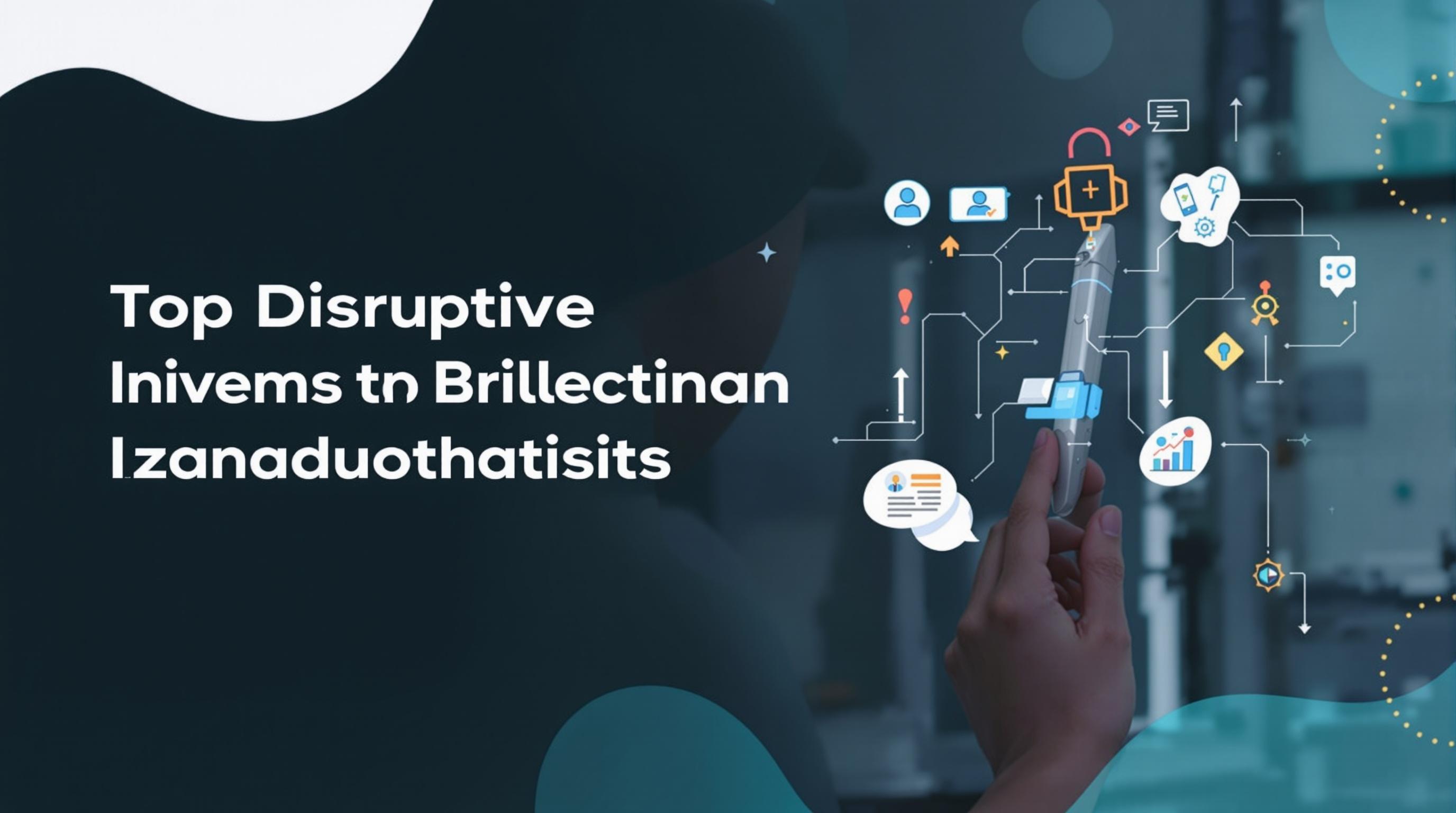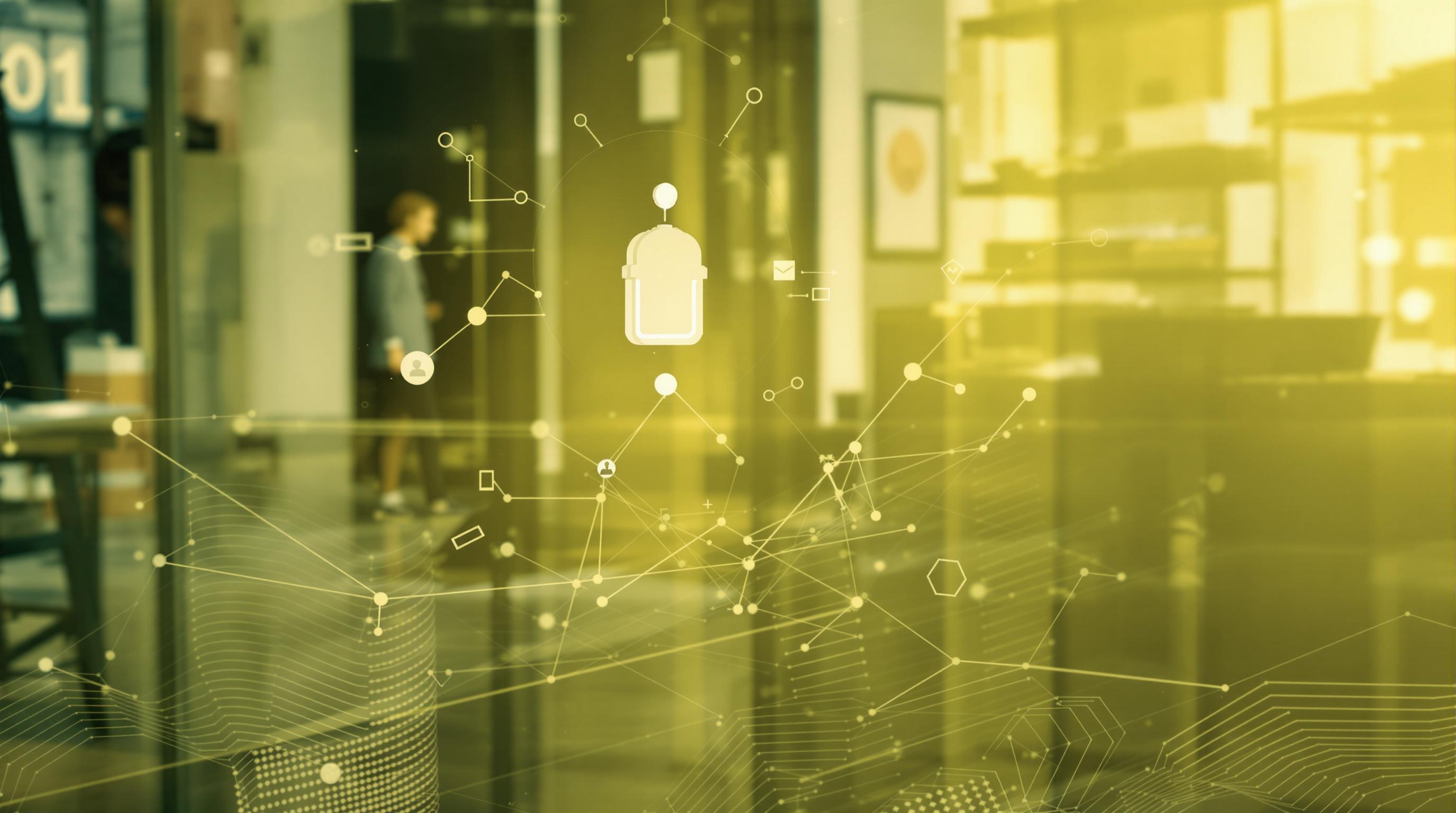Related Articles
- How Emotional Spending Biases in Leadership Can Influence Company Financial Transparency and Accountability
- Unveiling the Role of Employee Psychology in Shaping Unexpected Business Budget Outcomes
- Top 6 Disruptive Invoice Platforms Launched Since 2019 Tackling Automation Bottlenecks in Unconventional Ways
- Top 6 Smart Accounting Softwares Since 2019 That Revolutionize Tracking Business Tax Write-Offs
- The Rise of Biometric Authentication in Digital Finance: A New Frontier for Secure Business Transactions
- How Small Nonprofits Leverage Alternative Finance Tools to Navigate Accounting Challenges Off the Radar
9 Hidden Challenges in Invoice Automation Adoption and How Emerging Technologies Are Addressing Them
9 Hidden Challenges in Invoice Automation Adoption and How Emerging Technologies Are Addressing Them
Introduction
Invoice automation promises to streamline accounts payable processes, reduce errors, and improve efficiency. However, many organizations encounter hidden challenges when adopting these systems, which can hinder their full potential.
Emerging technologies such as artificial intelligence (AI), machine learning, and blockchain are helping to overcome these challenges, providing companies with innovative solutions to optimize invoice processing further.
This article explores 9 hidden challenges in invoice automation adoption and highlights how cutting-edge technologies address each of them.
1. Data Quality and Variability
One of the primary obstacles in invoice automation is dealing with inconsistent data formats and poor-quality inputs. Invoices vary widely in structure, which complicates automated data extraction.
Traditional OCR (Optical Character Recognition) often struggles with varying layouts, fonts, and languages, resulting in manual review and corrections that reduce efficiency.
Emerging AI models use deep learning and natural language processing (NLP) to better recognize and interpret data from diverse invoice formats, improving accuracy and reducing dependence on humans (Forbes, 2022).
2. Integration with Legacy Systems
Many companies rely on legacy ERP (Enterprise Resource Planning) and accounting systems that are hard to integrate with modern invoice automation platforms.
This lack of seamless integration can cause data silos, duplicate entries, and delays in payment processing.
API-driven connectors and middleware solutions powered by emerging tech now facilitate smoother integration, allowing invoice automation tools to communicate effectively with existing systems, enhancing workflow (Gartner, 2023).
3. Handling Exceptions and Discrepancies
Invoices frequently have mismatches in amounts, missing information, or discrepancies with purchase orders, requiring manual intervention.
Exception handling slows down automation benefits and can frustrate finance teams when processes are not straightforward.
Machine learning algorithms trained on historical exception data can now predict, flag, and even resolve common discrepancies automatically, reducing manual workload and speeding resolution (Deloitte Insights, 2023).
4. Change Management and User Adoption
Introducing invoice automation tools can meet resistance from employees accustomed to manual processes.
User reluctance, lack of training, and fear of job loss often impede adoption, limiting technology ROI.
Emerging platforms emphasize user-friendly interfaces, real-time collaboration features, and AI-driven support to ease transitions and encourage engagement across departments (McKinsey Technology, 2022).
5. Security and Fraud Prevention
Automation exposes systems to cybersecurity risks such as invoice fraud and data breaches.
Inadequate controls can lead to unauthorized payments and loss of sensitive financial information.
Advanced technologies like blockchain ensure invoice provenance and immutability, while AI-powered anomaly detection flags suspicious activities faster than traditional methods, bolstering security (IBM Security Report, 2023).
6. Scalability Challenges
As organizations grow, the volume and complexity of invoices increase, sometimes outpacing the capabilities of existing automation tools.
This can result in bottlenecks, slowed processing, and increased costs.
Cloud-native solutions and scalable AI infrastructures now allow companies to adapt automation systems dynamically based on workload, ensuring consistent performance during demand surges (AWS Whitepaper, 2023).
7. Regulatory Compliance and Auditability
Compliance with tax laws, invoicing standards, and audit requirements adds complexity to invoice automation.
Failing to meet legal standards risks fines and reputational damage.
Emerging tech supports automatic validation of invoices against regulatory criteria and provides transparent audit trails that simplify compliance efforts (PwC Regulatory Updates, 2023).
8. Cost of Implementation and ROI Realization
Initial expenses for implementing invoice automation can be substantial, involving software licenses, training, and process redesign.
Delayed ROI and hidden costs sometimes discourage organizations from fully committing to adoption.
Modern subscription-based models and AI-driven impact analytics help reduce upfront costs and provide measurable insights into efficiency gains, enabling smarter investment decisions (Harvard Business Review, 2022).
9. Managing Vendor Collaboration
Effective invoice automation depends on vendor cooperation for timely, standardized invoice submissions.
Lack of vendor readiness or inconsistent communication channels can disrupt workflows and delay payments.
Emerging blockchain-based supplier networks enable secure, transparent, and automated exchanges of invoice data, fostering trust and streamlining collaboration (Deloitte Blockchain Report, 2023).
Conclusion
Despite the hidden challenges in adopting invoice automation, organizations can leverage emerging technologies to overcome these barriers effectively.
Artificial intelligence, blockchain, cloud scalability, and seamless integration capabilities are transforming the accounts payable landscape, delivering greater efficiency, accuracy, and security.
By understanding these challenges and technological solutions, businesses can accelerate their automation journey and unlock substantial competitive advantages in financial operations.




